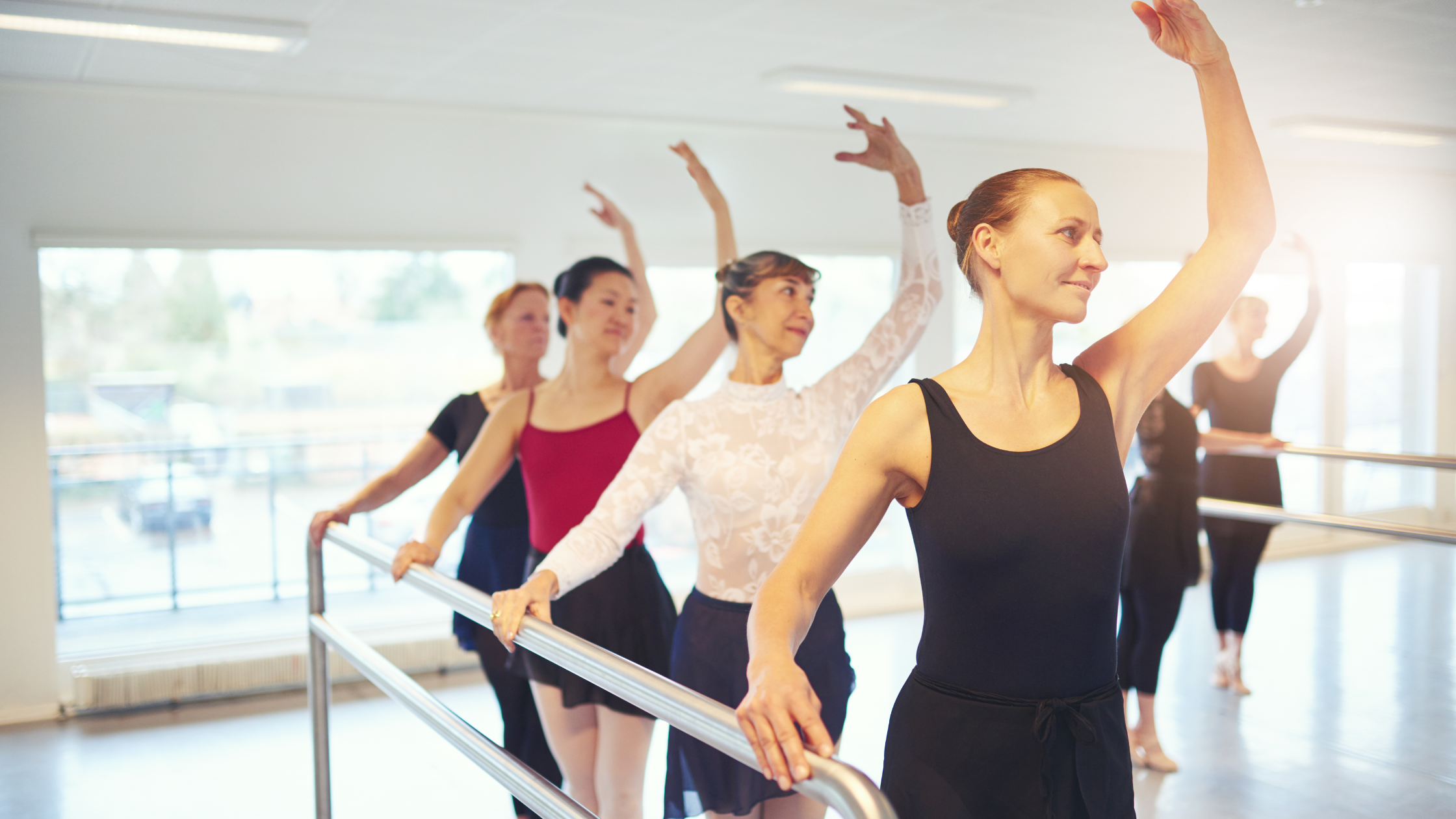![]() Make Appointments 24/7, 365 days a year.
Make Appointments 24/7, 365 days a year. ![]() 302-731-2888
302-731-2888
![]() Make Appointments 24/7, 365 days a year.
Make Appointments 24/7, 365 days a year. ![]() 302-731-2888
302-731-2888

Dancing is a beautiful and expressive art form that requires strength, agility, and flexibility. However, like other co-curriculum activities, injuries or emergencies may occur abruptly. It doesn't matter if you are a professional dancer or an amateur enthusiast; you need to equip yourself with some knowledge to know the potential risk. Dance injuries can be frustrating and even debilitating, but with proper knowledge and preventative measures, many of these injuries can be avoided. Stick around as this article explores the common types of dance injuries, their causes, treatments, and prevention methods. The list to dance injuries is long, but below are some of the common ones: Ankle sprains, muscle strains, and ligament tears top the list of common dance injuries. These often occur due to improper landing from jumps, sudden changes in direction, or overuse of certain muscles or ligaments. Fractures, such as stress fractures in the foot or shin, can result from repetitive stress or overuse. Dancers who frequently perform high-impact movements or put excessive pressure on their bones are more susceptible to fractures. Tendonitis is an inflammation's tendon, which can cause pain, swelling, and restricted movement. Dancers commonly experience tendonitis in the Achilles tendon, patellar tendon, or wrist tendons due to repetitive motions and overuse. Dancers who engage in movements that require extreme flexibility, such as high kicks or splits, are prone to hip and groin injuries are prevalent. These injuries may include strains, labral tears, or snapping hip syndrome. The demanding nature of dance can put stress on the spine, leading to back injuries. Disc herniation, muscle strains, and spinal instability are common. Core strengthening exercises, proper posture, and regular stretching can help prevent back injuries. Seeking professional medical advice and treatment is crucial for effective recovery. Knee injuries, such as patellofemoral pain syndrome and ligament tears (e.g., ACL, MCL), can occur due to repetitive jumping, sudden pivots, or improper landing techniques. Sprained ankles, Achilles tendonitis, and ankle impingement are frequent injuries in dancers. These can result from rolling or twisting the ankle, overuse, or inadequate warm-up. So what are some of the remedies and treatment methods to curb dance injuries? The measures include: Every victim should master the act of resting when an injury occurs, regardless of the pressure around them. Rehabilitation may involve physical therapy, targeted exercises, and stretching to regain strength, flexibility, and proper movement patterns. Pain relief measures such as ice packs, over-the-counter pain medications, and topical creams can help manage discomfort during the recovery process. For more professional healthcare advice, consult a healthcare professional, such as a sports medicine specialist or orthopedic surgeon, for an accurate diagnosis, treatment plan, and guidance throughout the recovery process. Early prevention can help avoid further health crises in the future. You can reduce the risk of dance injuries by incorporating the following preventive measures into your practice: Proper warm-up and cool-down routines, including dynamic stretching Gradual progression of intensity and difficulty in training Regular cross-training to strengthen different muscle group Correct technique and alignment training Adequate rest and recovery periods Wearing appropriate dance shoes and supportive gear Don't let dance injuries stop you from achieving your dancing dream. Therefore fill out the form below and let experienced healthcare professionals provide you with the guidance and resources you need to stay healthy and continue pursuing your passion for dance. What are Common Types of Dance Injuries?
• Sprains and Strains
• Fractures
• Tendonitis
• Hip and Groin Injuries
• Back Injuries
• Knee Injuries
• Ankle Injuries
What are Treatments and Prevention Methods?
• Rest and Rehabilitation
• Pain Management
• Professional Medical Advice
• Prevention Methods
Fill Out the Form Below to Elevate Your Dancing Carrier to a Much Higher Height
* indicates a required field.